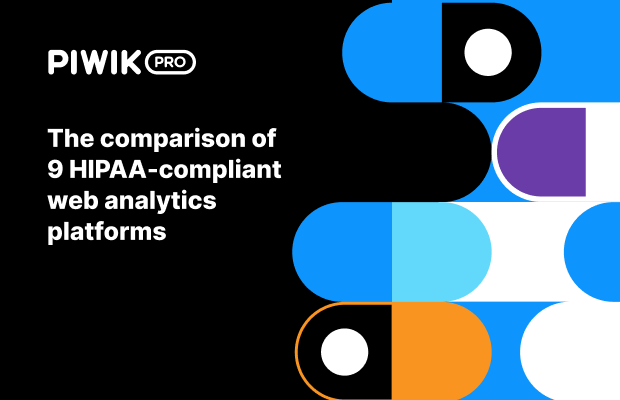Sales conversion rate is the percentage of visitors who make a purchase in your online store. It can identify the effectiveness of campaigns, tools, messaging strategies, channels, and more. This metric can be a key performance indicator (KPI) that many sales and marketing teams will use to identify the health of their strategy. The sales conversion rate is calculated by dividing the total number of sales by the total number of qualified leads multiplied by 100.
Sales conversion rate
-

Introducing new pricing: More analytics value and privacy compliance as you grow
Businesses have transformed the way they collect and utilize data. Modern organizations are seeking trusted datasets, full visibility into the customer journey, and ethical data collection, all within a seamless platform that offers comprehensive analytics and data activation capabilities. To meet these evolving needs, we’re excited to share some important updates about our platform. Over…
-

The comparison of 9 HIPAA-compliant web analytics platforms
Selecting a HIPAA-compliant web analytics platform is critical for any healthcare organization. With the increasing reliance on digital tools to improve patient care, streamline operations, and drive strategic decisions, the need to analyze web and patient data securely has never been greater. Choosing a platform that doesn’t match your needs or available resources can put…
Other definitions
Recent posts from Piwik PRO blog
- Introducing new pricing: More analytics value and privacy compliance as you grow
- The comparison of 9 HIPAA-compliant web analytics platforms
- EU hosting vs. EU sovereignty: Why the difference matters for privacy-first analytics
- Why Shopify stores need privacy-compliant analytics
- Piwik PRO vs. Google Analytics for Shopify: A comparison
- Introducing Piwik PRO app for Shopify: Advanced analytics with built-in CDP
- PHI and PII: How they impact HIPAA compliance and your marketing strategy
- How can healthcare organizations benefit from using a customer data platform (CDP)







